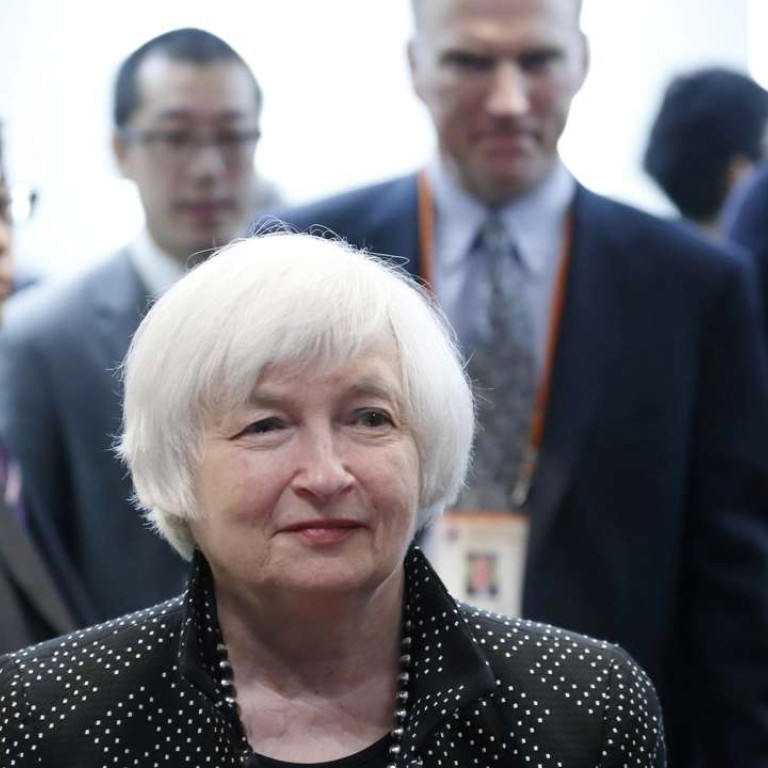
US Fed decision on interest rates affects us all
Hawks and doves will square off next month but after years of low rates, what’s deemed ‘normal’ is no longer so clear cut
Most watchers of the US Federal Reserve have, until recently, written off a June interest rate hike. But then, the Fed published the minutes of its April meeting, in which many officials sounded more hawkish than expected. Suddenly, the benchmark interest rate is back on the agenda. This is not a welcome prospect, especially for emerging markets such as China, whose growth is slowing; nor for a place like Hong Kong, where the property market has already been deflating.
Those Fed pundits may still have been right. The current Fed likes to talk tough but frequently does not follow through. The data narrative the Fed has insisted on is far from straightforward; the US economy has yet to demonstrate the strengths officials say they want to see before they can confidently enter a renewed interest-rate cycle.
The story so far – at least as told by the Fed. The US labour market has sustained its momentum better than expected and is probably approaching full employment, minus the structurally unemployable. So the Fed needs to stay ahead of the inflationary curve. But it’s best to raise rates gradually rather than abruptly, and the best chance to achieve that is to start raising rates sooner rather than later. But is the US job market really becoming as robust as some Fed officials claim? That’s debatable as chronic underemployment has become a serious problem since the financial crisis.
Fed officials are not as unbiased – driven purely by data – as they claim. Some economists point out two particular Fed perspectives, if not an actual bias. Many Fed members don’t see the end of easing as the start of tightening. That is, they do not consider tapering and ending massive quantitative easing as real tightening. Many simply want to see rates “normalised” after their historic lows, which they consider unsustainable. Such are the Fed hawks. Those within the Fed who are more “data-driven” may see differently. We will see which side wins in June.

